10 day historical egypt itinerary
Planning a trip to Egypt can feel overwhelming, especially with so many mixed reviews online—but after experiencing it firsthand, I came away amazed. With an open mind and a flexible itinerary, I explored the country's incredible ancient history over 10 unforgettable days, all without joining a tour group. From the awe-inspiring pyramids of Giza to the hidden tombs of Luxor, Egypt is not only rich in culture and wonders, but also surprisingly safe and manageable for independent travelers. In this 10-day historical Egypt itinerary, I’ll share exactly how I navigated the journey—and how you can, too.
This post contains affiliate links. When you click these links, I may get a small commission that won’t cost you anything, but it does help me run this website.
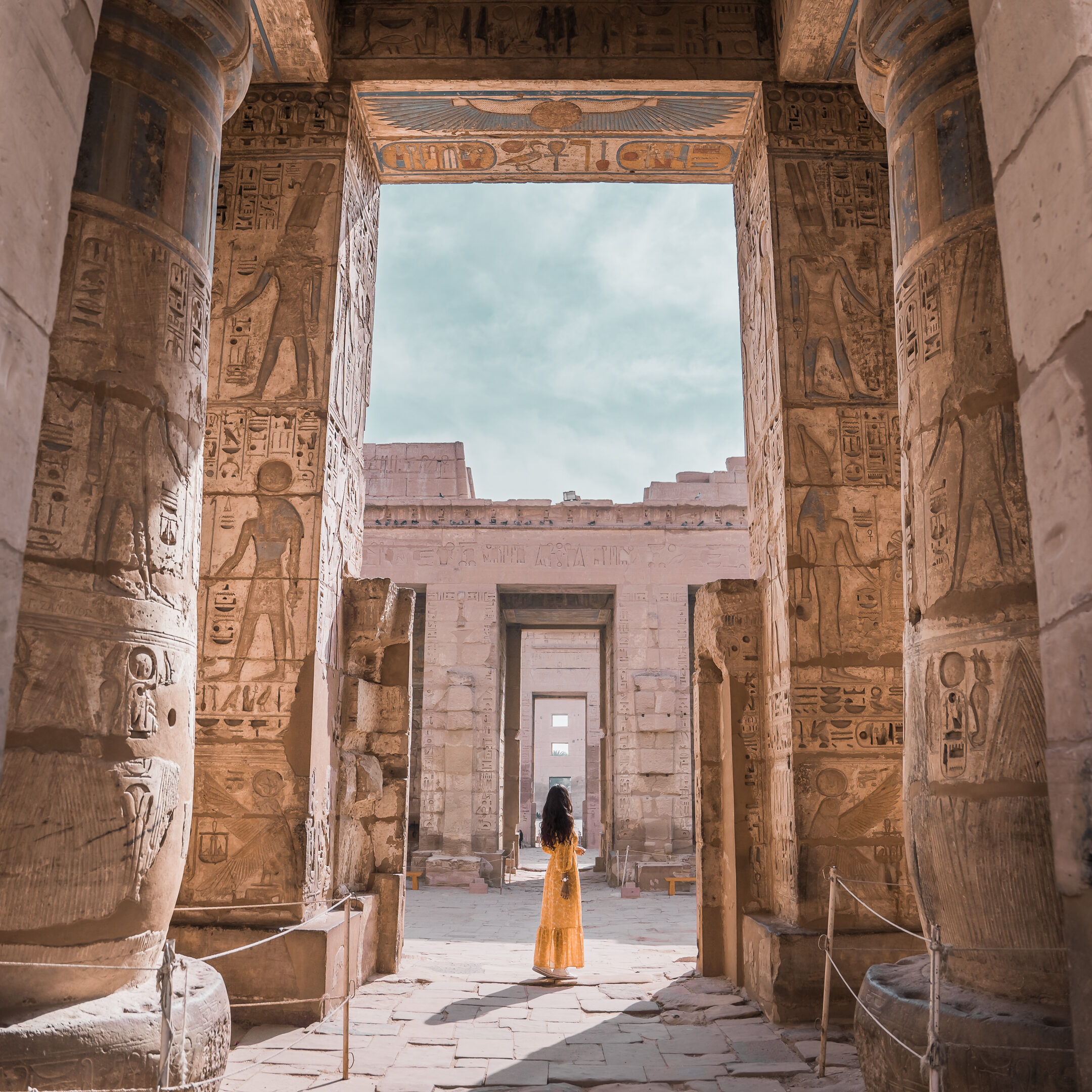
Before you start
FREE Google map with pins of all spots listed in the blog post can be found at the end of this article. You can save it to your Google Maps too!
Do you need a SIM card? Skip the hassle and queues at the airport for getting physical SIM cards and get an eSIM to stay connected.
Fancy any tours? Book a tour with GetYourGuide, Viator, or Klook.
good to know
Entry Regulations: Most travelers need a tourist visa—available online (e-visa) or on arrival for many nationalities.
Currency and Payment: Egyptian Pound (EGP). Cash is king in many places, but cards work in cities and hotels.
Language: The official language of Egypt is Arabic, specifically Egyptian Arabic (also called Masri).
Weather: Hot and dry—bring sunscreen, sunglasses, and light clothes (but not too revealing).
Tap water: Tap water isn’t safe to drink—stick to bottled water for drinking and brushing teeth.
Dress Modestly: Especially in rural areas or when visiting mosques; women should carry a scarf.
Transport: Use Uber in Cairo or reliable taxis (agree on the price first). Trains are good for intercity travel.
Tipping ("Baksheesh"): Very common—small tips for services are expected almost everywhere.
People: Warm and welcoming. A few Arabic words go a long way (like “Shukran” = Thank you).
Cultural Sites: Respect signs and rules at ancient sites. Don’t climb ruins, even if locals encourage you.
Toilets: Often no toilet paper - carry your own just in case.
Internet: Wi-Fi can be patchy in some places—download offline maps and translation apps in advance.
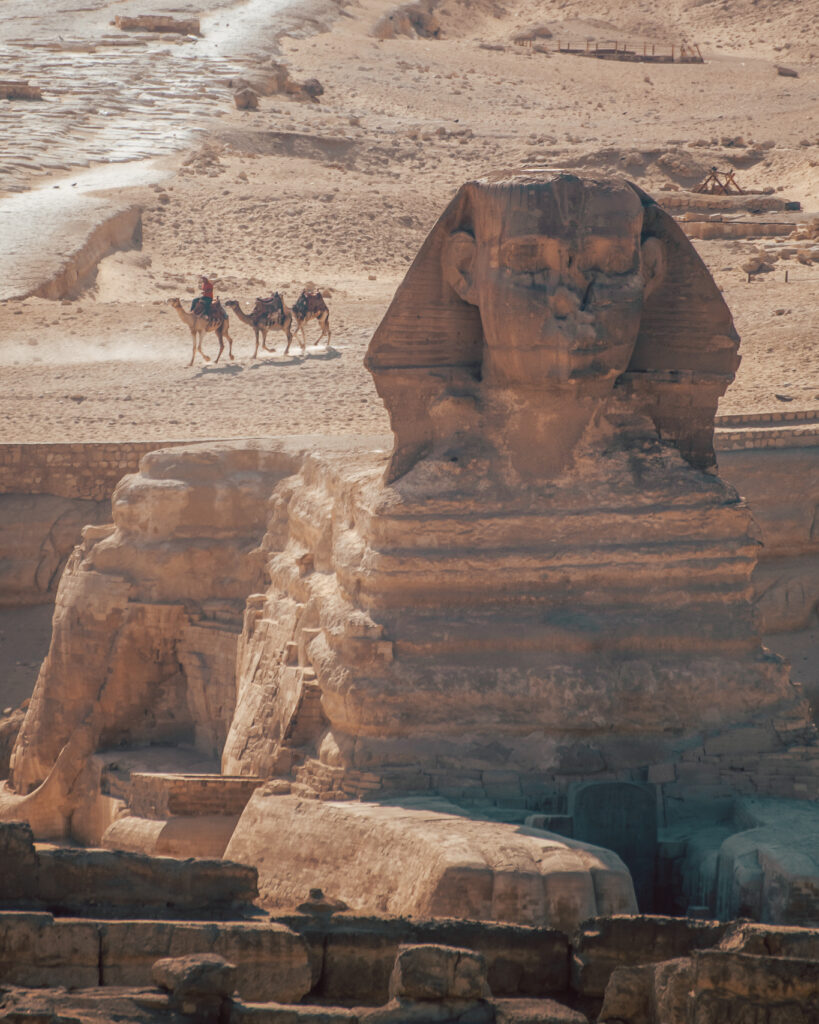
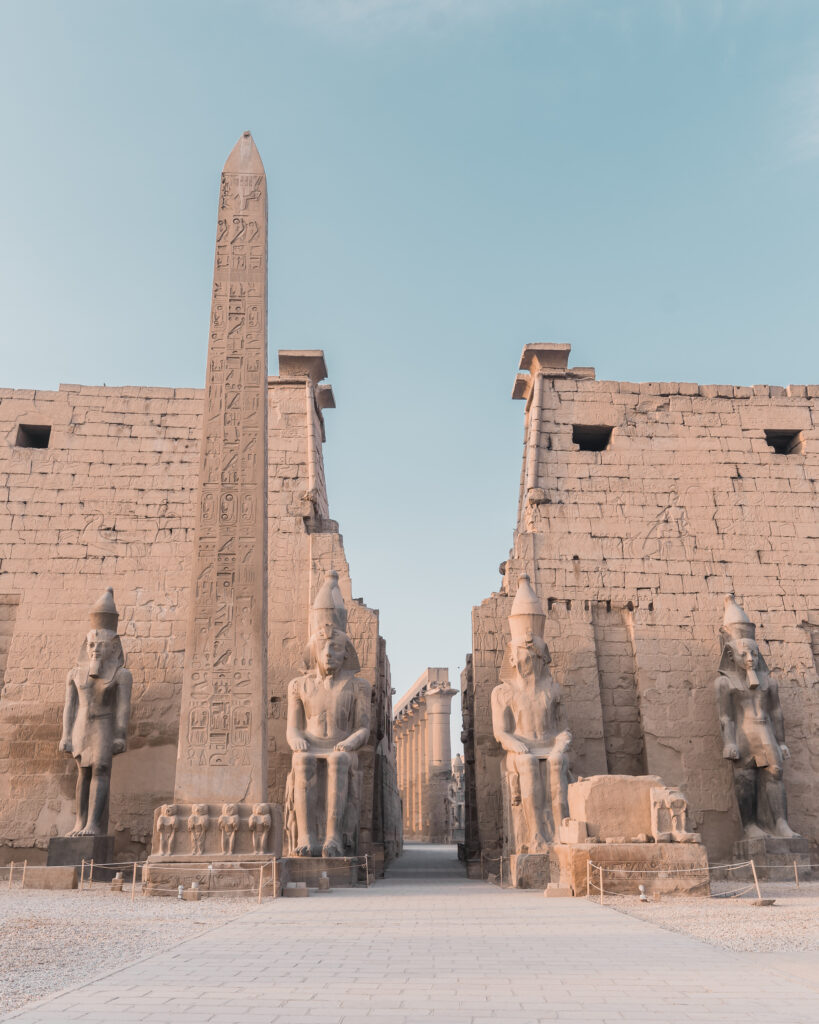
Photo courtesy of Teodora Grancharova @teodora.gran & Joakim Karlsson @oakimk
the perfect 10 day in Egypt itinerary
This 10-day itinerary follows the classic route through Egypt - a must for any first-time visitor. It journeys along the Nile, the river that gave life to pharaohs and pyramids, starting in bustling Cairo before winding south to temples, tombs, and timeless desert landscapes.
Here’s how to experience Egypt’s history in 10 unforgettable days and make sure to check the map below for the proper locations!
Day 1-3 CAIRO
Cairo is the gateway to Egypt for most travelers, making it the perfect place to begin your journey. These are the must-see and do activities:
Pyramids of Giza
Our journey begins in Cairo, home to the world-famous Pyramids of Giza. Just outside the city, these ancient wonders were built during the Fourth Dynasty of the Old Kingdom and remain the only surviving Wonder of the Ancient World.
The Giza plateau is home to nine pyramids, with the Great Pyramid standing as the largest and most mysterious. Despite their desert location, the pyramids are surprisingly close to the city—you can even catch a glimpse from your hotel window. Seeing them in person is an unforgettable way to start your Egypt adventure. Start your day early. Note: you might experience a lot of pushy "guides" and sellers, so be prepared.
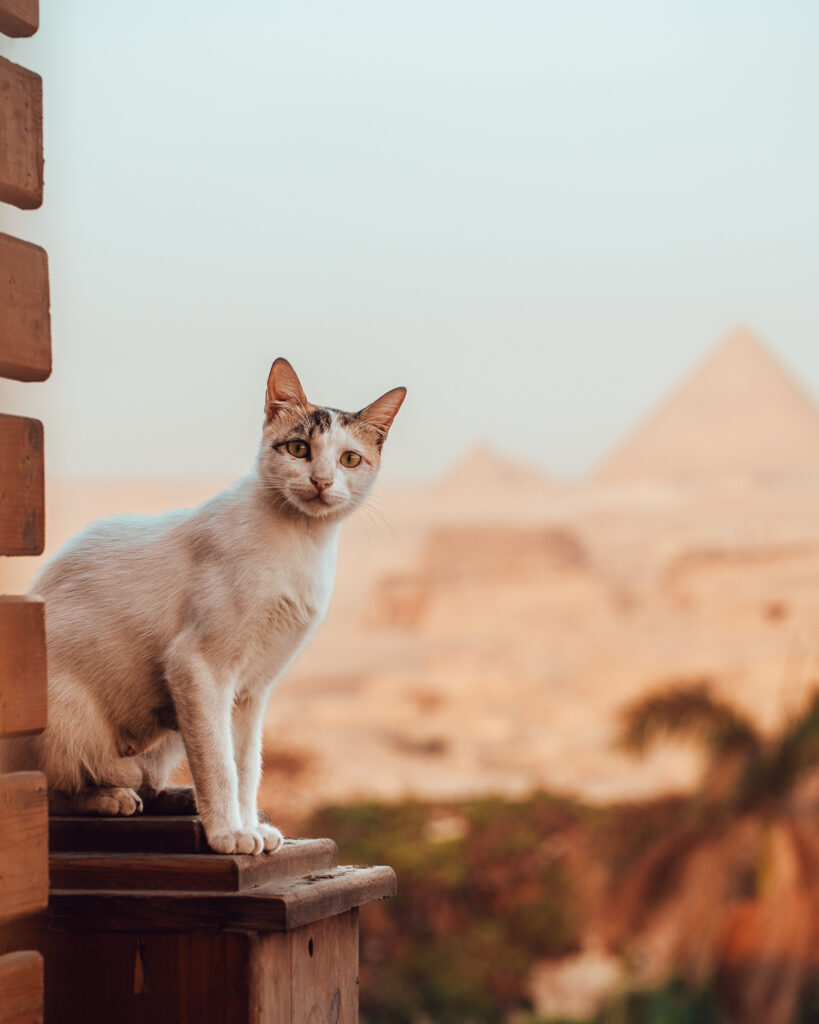
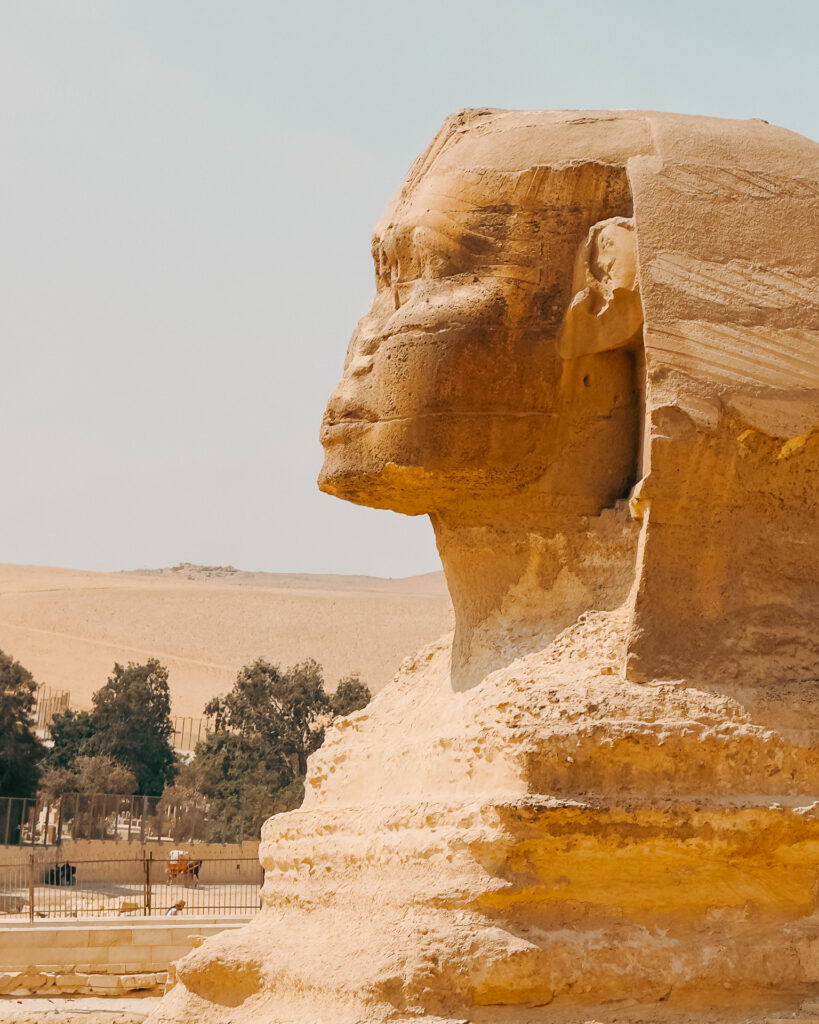
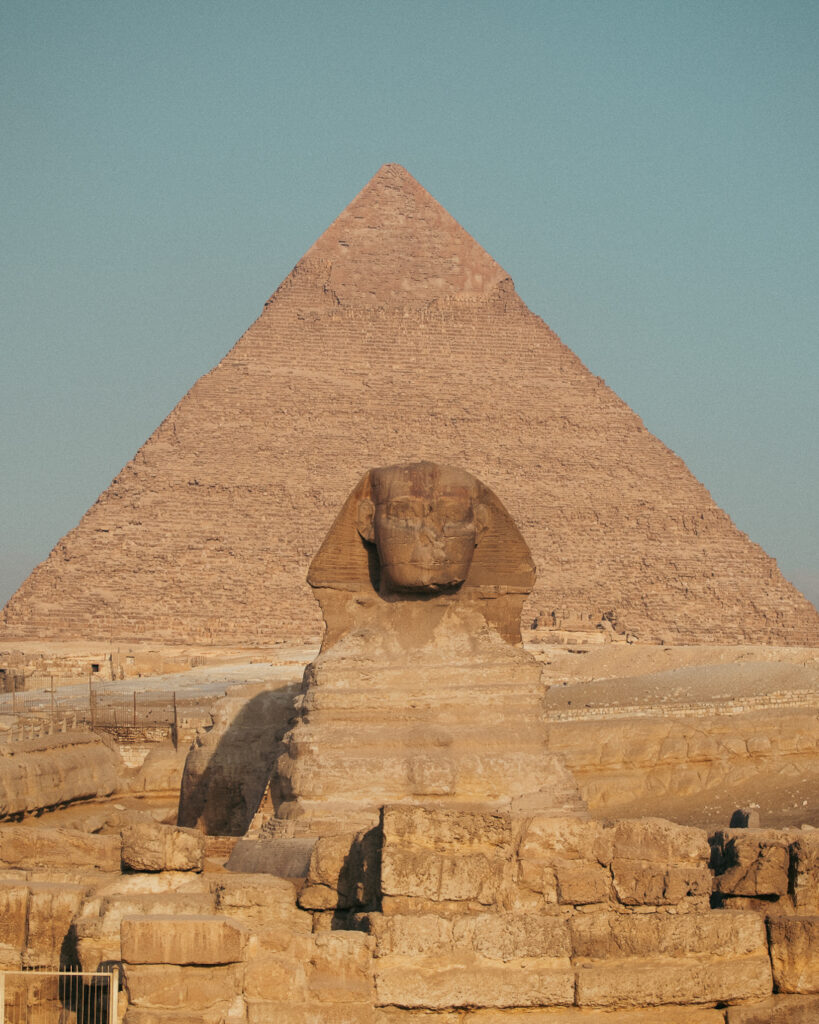
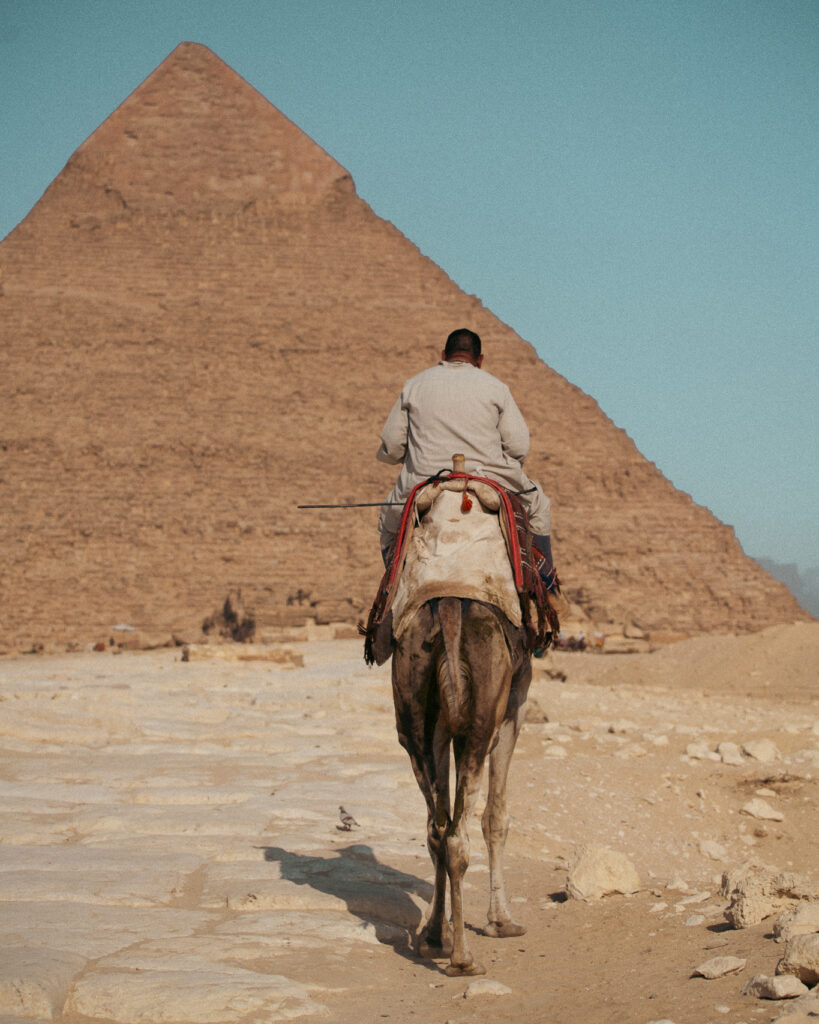
Photo courtesy of Teodora Grancharova @teodora.gran
Egyptian museum
In the bustling heart of Cairo, the Egyptian Museum is a must-visit for anyone wanting to dive deep into the wonders of ancient Egypt. Its vast collection spans millennia, from intricately carved statues and ceremonial artifacts to the world-famous treasures of Tutankhamun. Walking through its halls, you can almost feel the stories of pharaohs, priests, and artisans come alive. Set asideat least 2-4 hours to explore the highlights, and consider a guide to uncover the fascinating tales behind each masterpiece.
Coptic Cairo
Tucked away in the heart of modern Cairo, Coptic Cairo offers a serene escape into centuries of history. Wander through ancient churches like the Hanging Church, explore the Coptic Museum, and admire intricate icons and sacred architecture. Quiet streets and centuries-old buildings make it easy to imagine the daily lives of generations past, offering a peaceful contrast to the bustling city outside.
Islamic Cairo & Khan El Khalili
Step into the winding alleys of Islamic Cairo, where medieval mosques, historic madrassas, and bustling bazaars bring the past to life. At its center, Khan El Khalili buzzes with energy, filled with spices, textiles, and handcrafted treasures. The vibrant streets, ornate architecture, and lively market scenes make it a feast for the senses. Pro tips: bargain a lot and do not follow a vendor to the back of his shop; this usually is a trick.
Citadel of Saladin & Mosque of Muhammad Ali
Perched on a hill overlooking Cairo, the Citadel of Saladin is a striking reminder of the city’s medieval past. Wander through its fortified walls, explore historic mosques, and take in sweeping views of the sprawling metropolis below. The centerpiece, the Mosque of Muhammad Ali, dazzles with its soaring domes and elegant minarets, especially magical at sunset when the city lights begin to shimmer along the Nile.
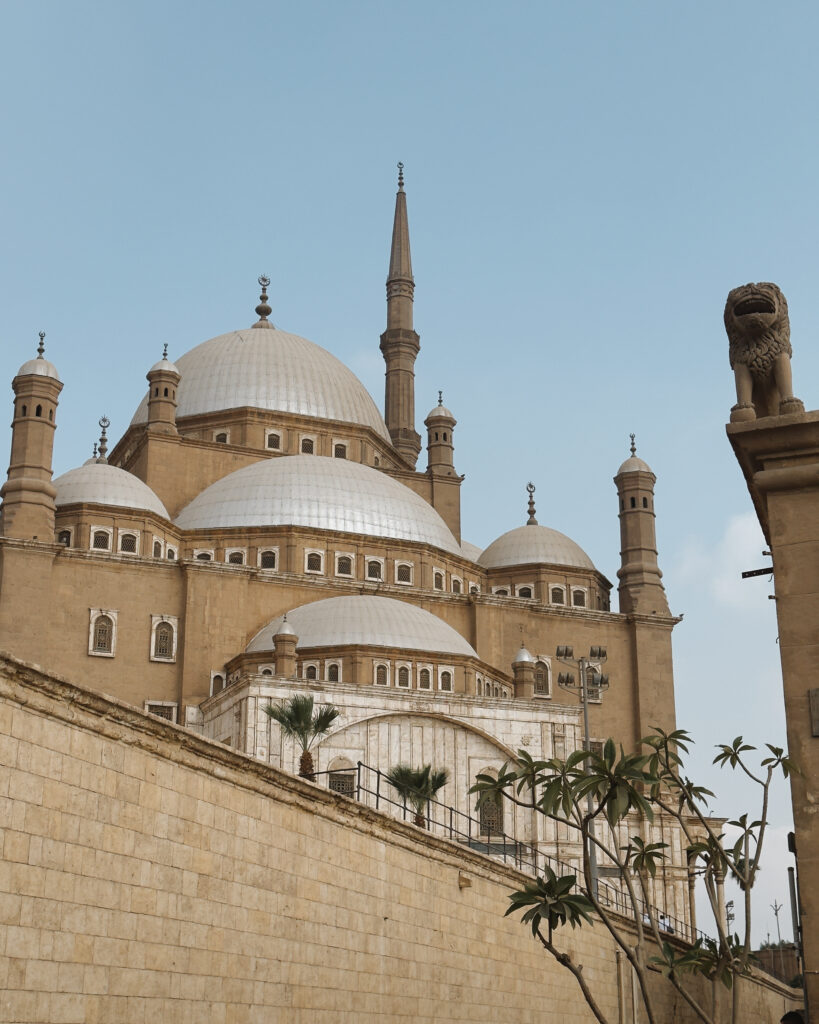
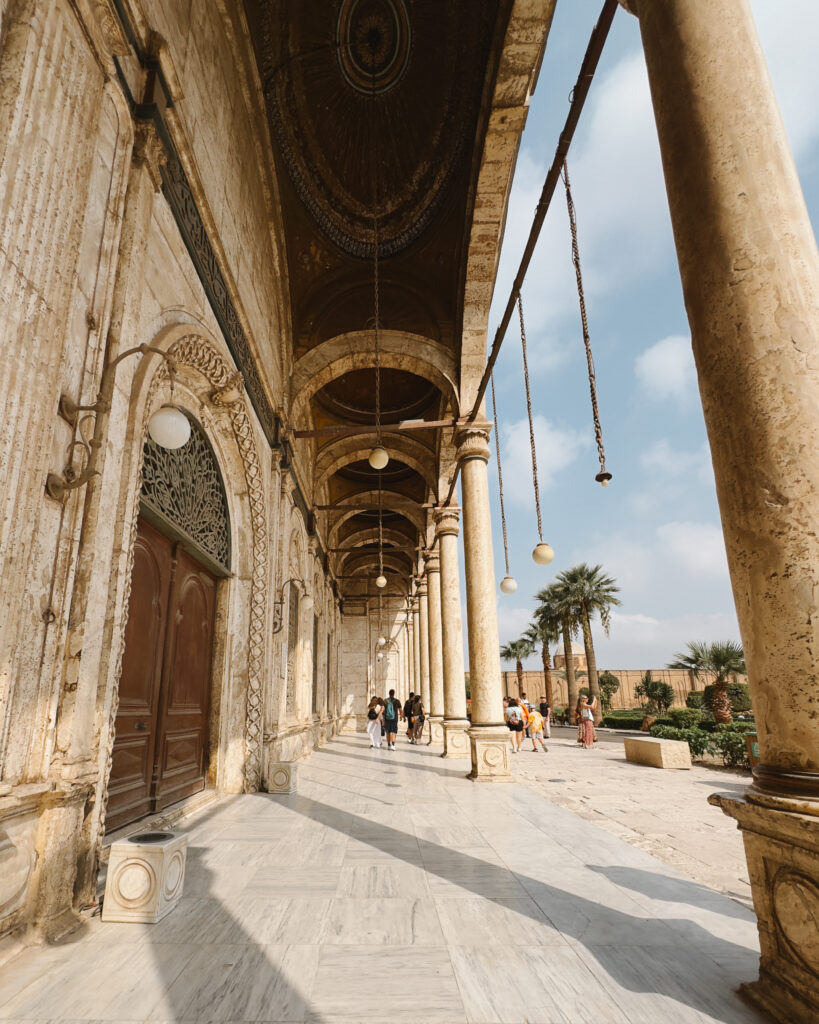
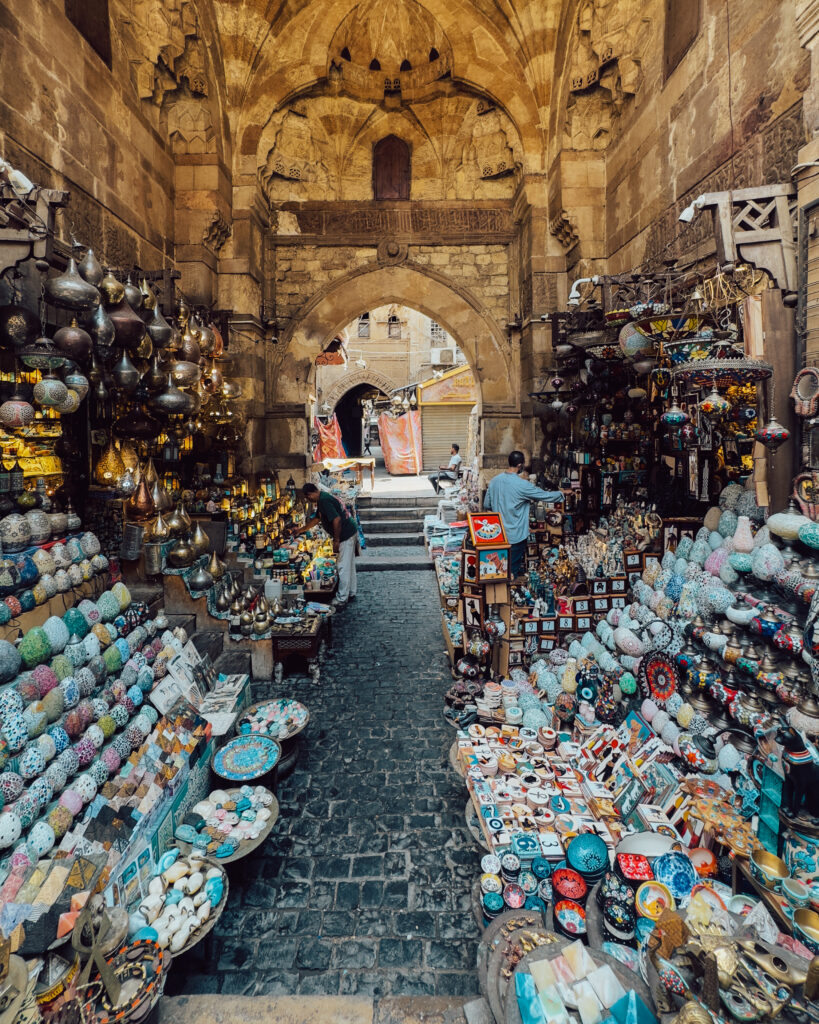
Photo courtesy of Teodora Grancharova @teodora.gran
Day 4-6 Luxor
From Cairo, we continue south to Luxor, home to Egypt’s most impressive temples and royal tombs. These are the must-see and do activities:
Karnak temple
Karnak Temple, one of the most remarkable religious complexes ever built, spans 250 acres of temples, chapels, and obelisks. Dominated by the grand Temple of Amun-Ra, its highlight is the famous Hypostyle Hall - a spectacular forest of giant papyrus-shaped columns.
Located on the East Bank of the Nile, Karnak stands in contrast to the West Bank, where the ancient Egyptians buried their dead. A general entry ticket to Karnak Temple costs 600 EGP for international visitors.
Visiting Tips:
Best Time to Visit: Arrive early in the morning, ideally before 10–11 AM, to avoid the peak crowds.
Duration: Allocate at least 2 hours to explore the vast temple complex, especially if you plan to wander through the Karnak Open Air Museum area.
Crowd Alert: The site tends to be most crowded between 10 AM and 4 PM.⠀
Luxor temple
Luxor Temple stands gracefully on the East Bank of the Nile, constructed primarily during the reigns of Amenhotep III and Ramses II. Unlike many temples dedicated to specific deities, Luxor Temple is believed to have been the site of royal coronations and the rejuvenation of kingship, making it a unique testament to ancient Egyptian culture. The ticket costs 500 EGP.
Visiting tips:
Best time to visit: Visit early when the temple opens, before the crowds arrive, or later at sunset when the stones glow. I heard that Luxor Temple is the last stop f the tourist groups so I'd recommend to visit early. We were alone the whole time in the morning!
Duration: Plan for at least 1 -1.5 hours.
Valley of the Kings
The royal burial ground for pharaohs from the 18th, 19th, and 20th dynasties (the New Kingdom of Egypt). The ancient Egyptians strongly believed in the afterlife where they were promised to continue their lives and pharaohs were promised to ally with the gods. The vividly painted tombs allow a glimpse at the burial rites and death rituals of Ancient Egypt.
This necropolis, carved into the cliffs, houses over 60 tombs, each a testament to the grandeur and mystery of ancient Egypt. While there are over 60 tombs in the Valley, not all are accessible to visitors due to preservation efforts. In the general admission ticket that costs 750 EGP, you can pick from 3 tombs. On top of them, you can purchase a separate ticket for KV9 – Ramesses V & VI, KV17 – Seti I or KV62 – Tutankhamun.
Note that even if you just want to visit the tomb of Tutankhamun (or another one from the paid list above) you still have to pay the main entrance ticket.
My personal favorite? KV9, The tomb of Ramesses V and VI. It is worth every pound and even more! The intricate work on the paintings and hieroglyphs is so beautiful and detailed. So much of the original setup is preserved. And at the end of the tomb you get to see the sarcophagus! Simply a magical experience, I almost started crying from excitement!🤪
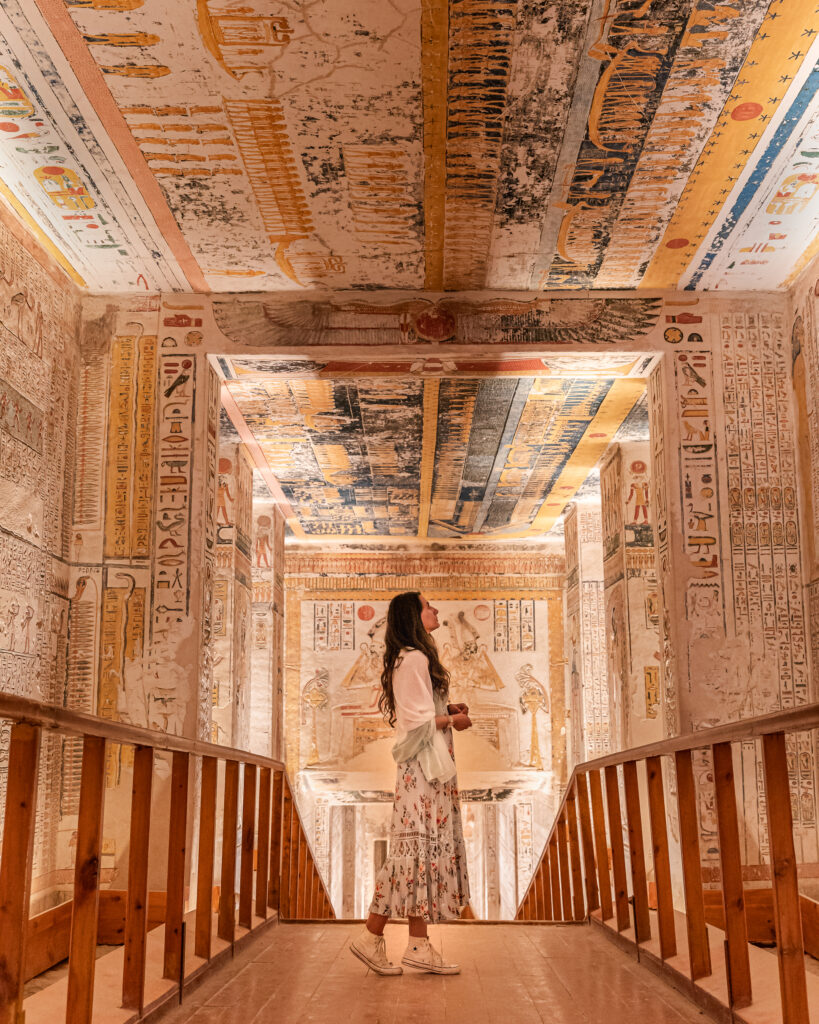
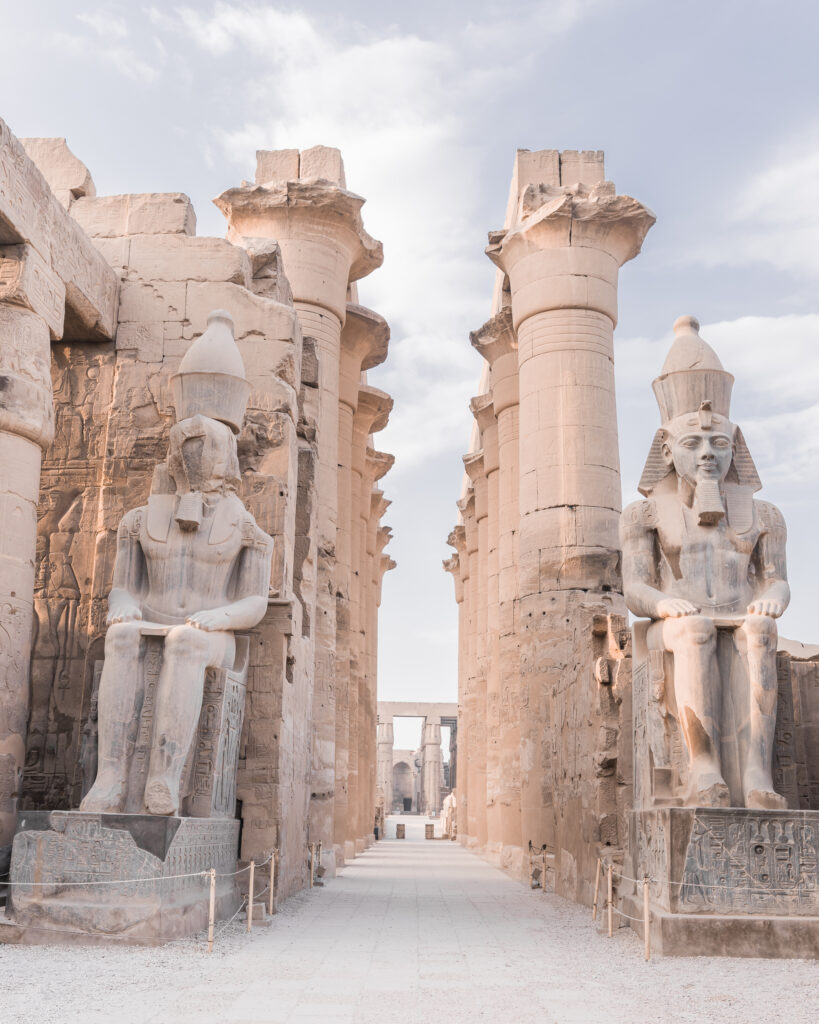
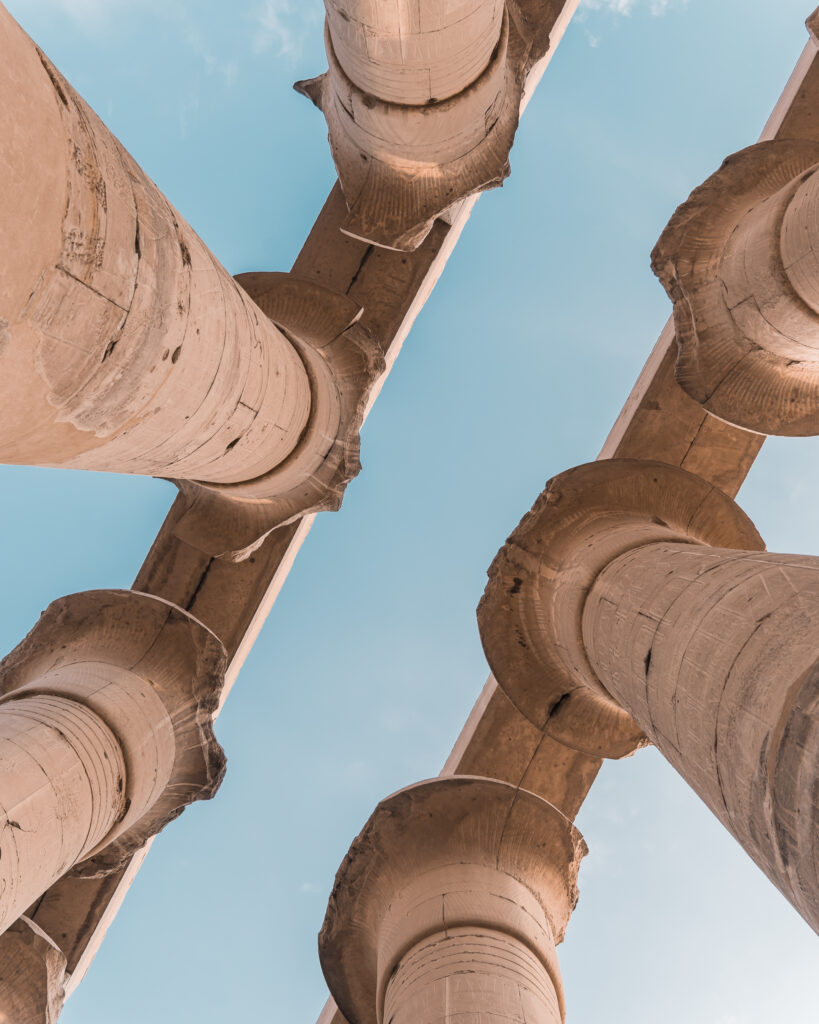
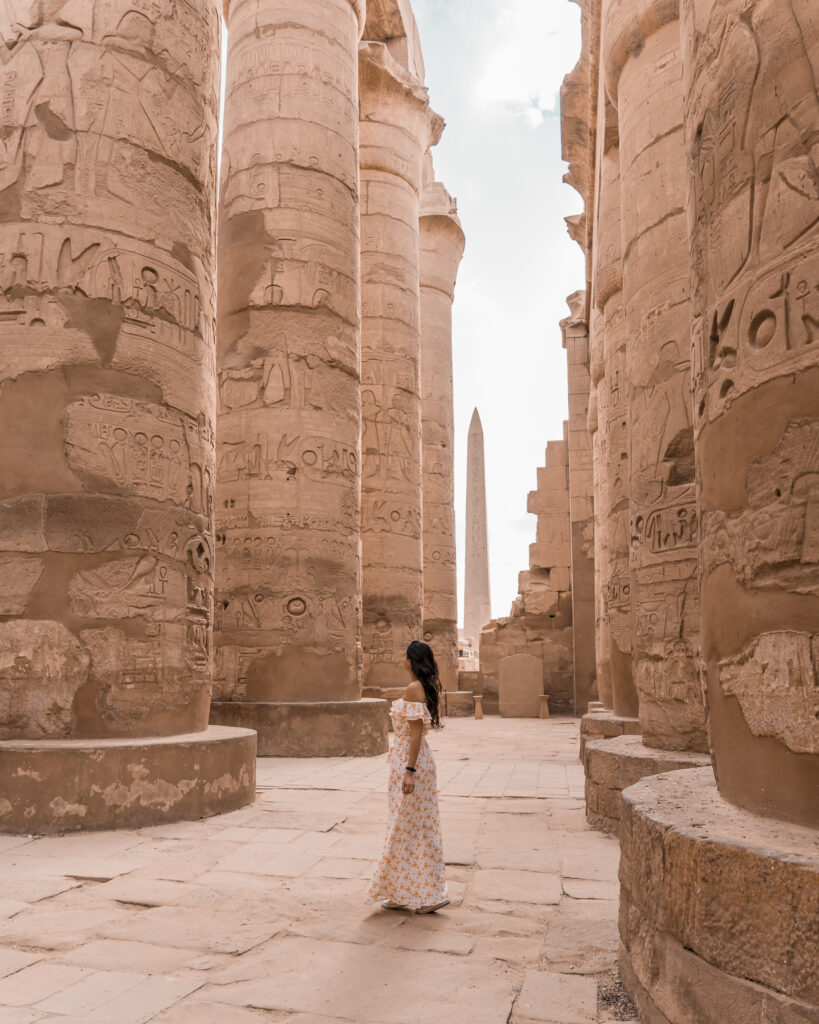
Valley of the Queens
After exploring the grandeur of the pharaohs’ tombs in the Valley of the Kings, just a short drive away lies the Valley of the Queens. This serene necropolis was reserved for the wives and children of Egypt’s rulers, offering a quieter, more intimate glimpse into royal life after death. While the Valley contains over 90 tombs, only a select few are accessible to visitors. Price as of 2025 is 220 EGP.
Medinet Habu
Medinet Habu stands as one of Luxor’s most captivating and underappreciated sites. Built by Ramses III, this mortuary temple is renowned for its well-preserved reliefs depicting his military triumphs over the Sea Peoples. Unlike the bustling crowds at other temples, Medinet Habu offers a more tranquil experience and it's one of my most favorite temples in Egypt due to the amount of details and symmetry.
Hatshepsut temple
Just a short drive from Medinet Habu, the Temple of Hatshepsut rises dramatically from the cliffs of Deir el-Bahari. Built for one of Egypt’s rare female pharaohs, this mortuary temple impresses with its terraces, colonnades, and reliefs depicting Hatshepsut’s reign and divine birth.
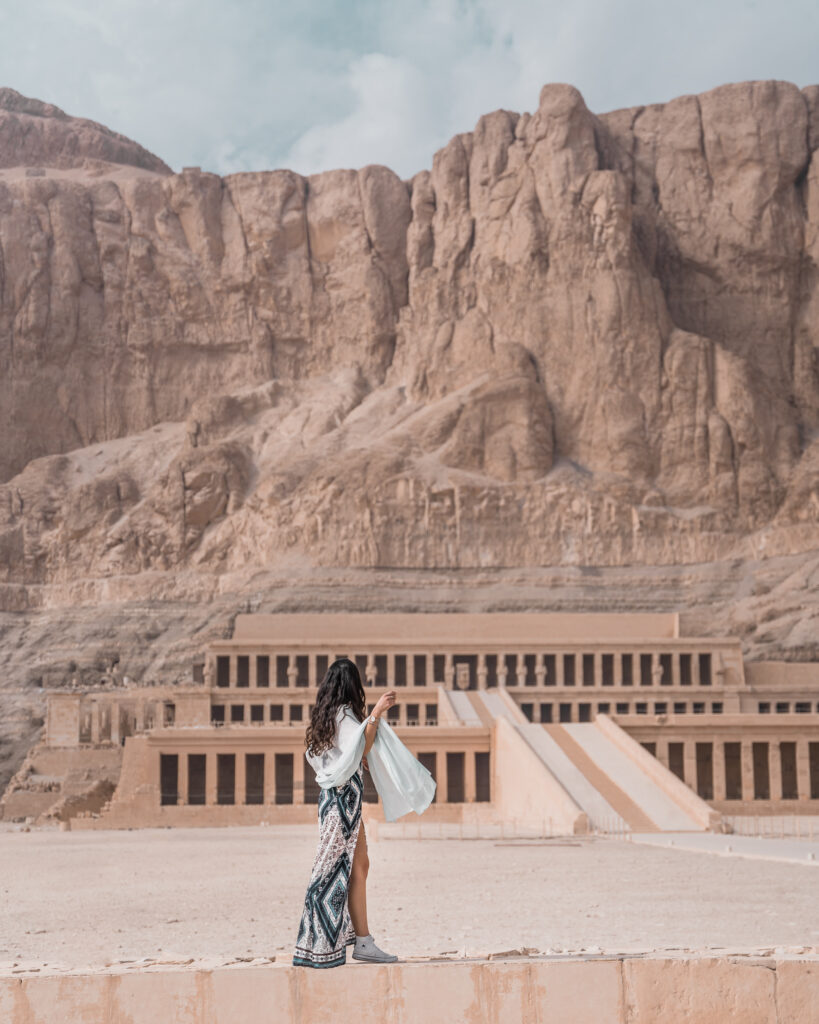
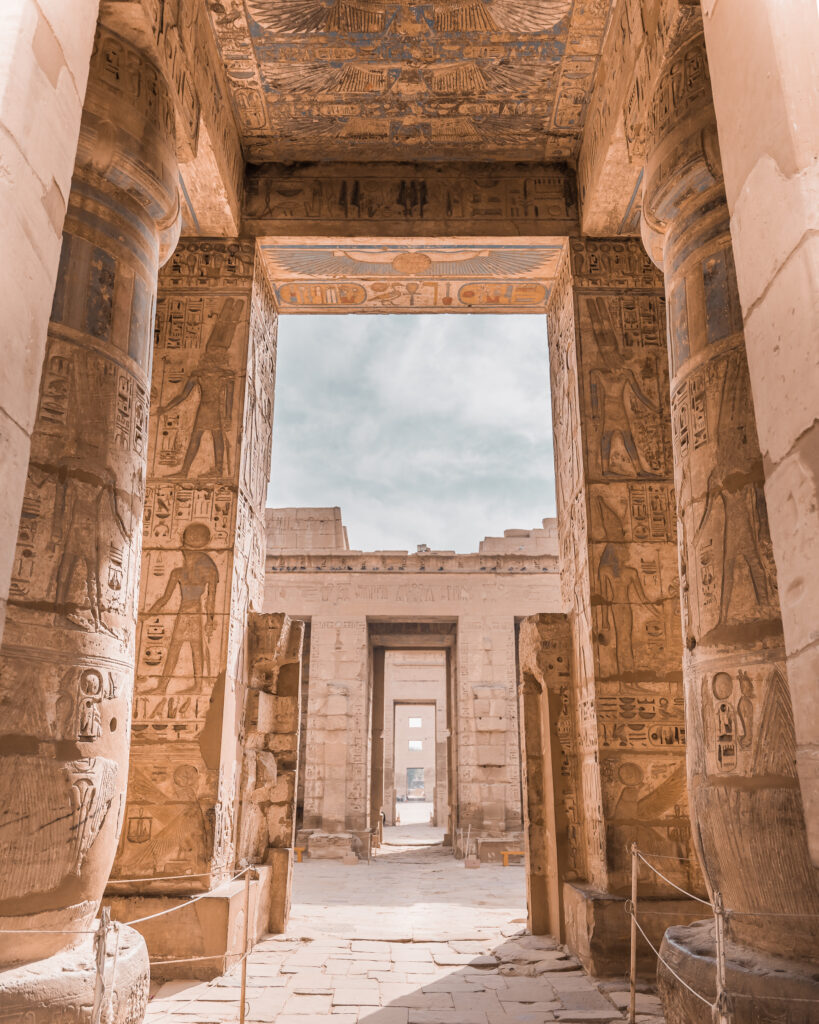
Day 7-8 aswan
Further south lies Aswan, a peaceful riverside city offering a slower pace. These are the must-see and do activities:
Temple of Edfu
Just a short drive or boat ride from Aswan, the Temple of Edfu makes for a fascinating day trip along the Nile. Dedicated to Horus, the falcon-headed god, this remarkably well-preserved temple offers towering pylons, intricately carved hieroglyphs, and a glimpse into ancient Egyptian religious life. The colors here are chef's kiss!
Philae temple
Perched on its island in the Nile near Aswan, Philae Temple is dedicated to the goddess Isis and renowned for its stunning architecture and serene setting. What makes it even more remarkable is its story of survival—originally located on the island of Philae, the temple faced submersion when the Aswan Low Dam and later the High Dam created Lake Nasser. To save it from the rising waters, an international effort in the 1960s carefully dismantled and relocated the entire temple to nearby Agilkia Island. It takes a lovely boat ride to reach it.
Nubian village
Along the banks of the Nile, the Nubian Village bursts with color and culture. Brightly painted homes, intricate handicrafts, and lively local markets give a glimpse into centuries-old traditions. Stroll through the narrow streets, meet friendly locals, and savor authentic Nubian cuisine for a truly immersive experience. It’s the perfect half-day escape from the monuments.
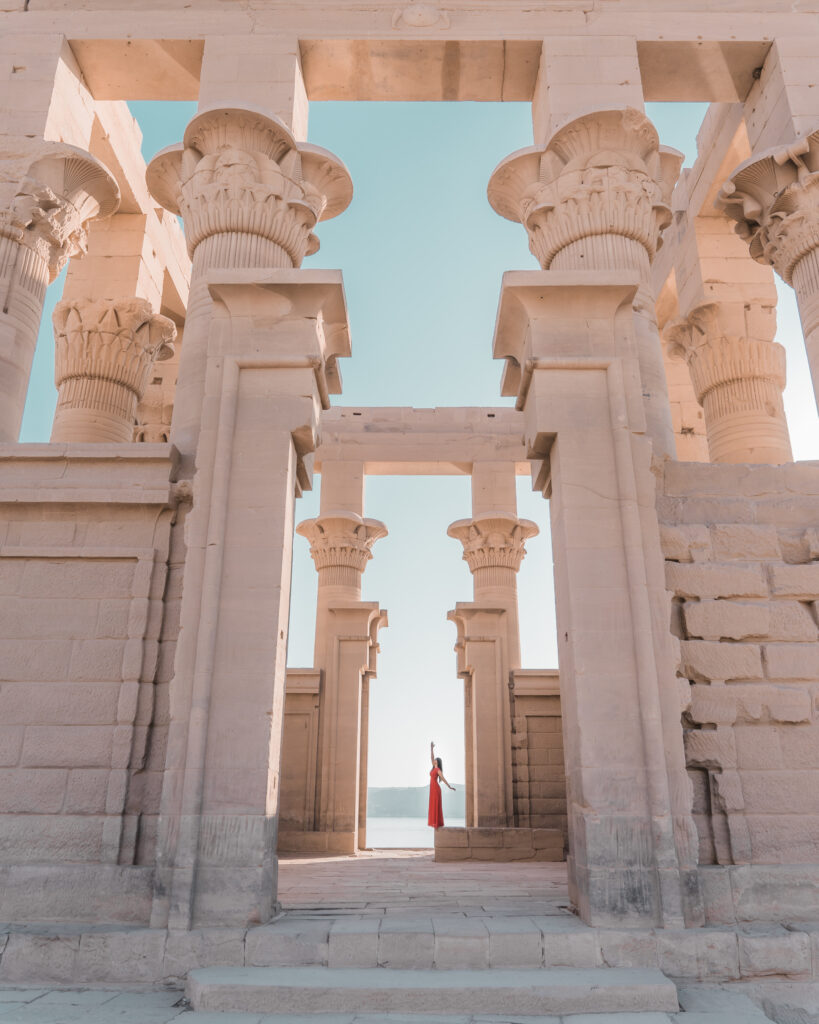
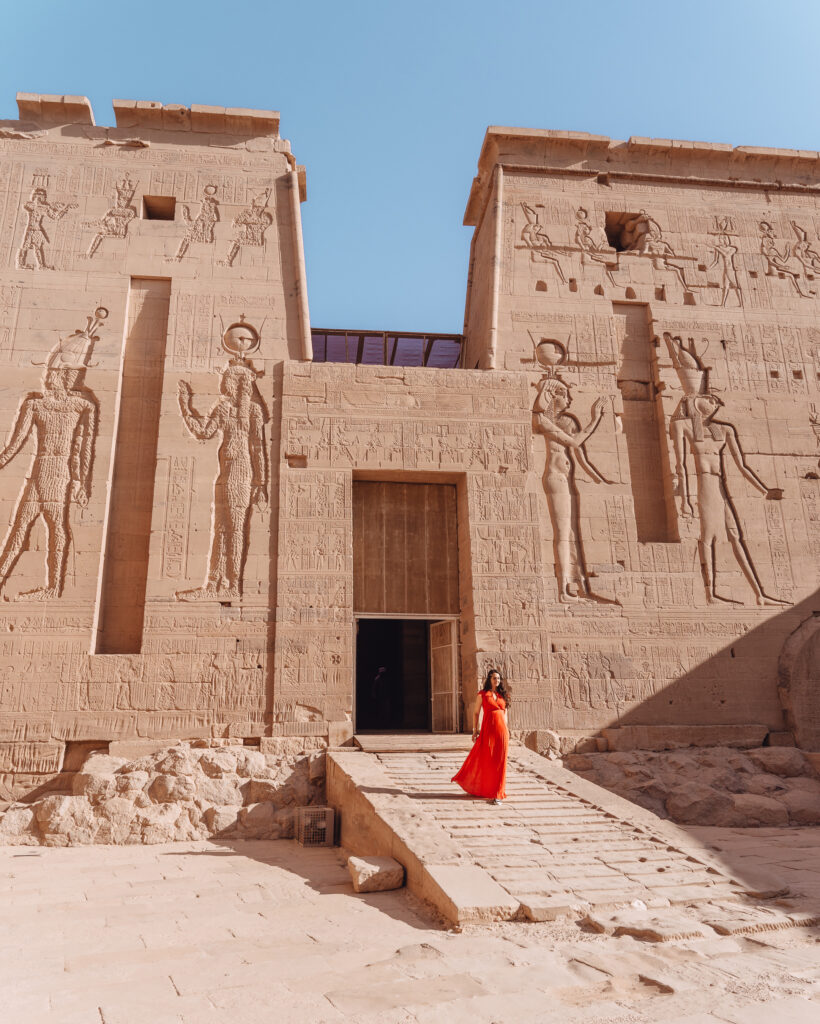
Day 9 Abu simbel
Our journey culminates at Abu Simbel, which for me is a double marvel - temples carved by Ramses II and their modern relocation—one of the greatest engineering rescues in history.
The site of Abu Simbel is one of the most recognizable ancient sites after the Pyramids. The temples are dedicated to Ramesses II and his wife. The story behind Abu Simbel becomes even more fascinating when you learn that the entire complex was dismantled and relocated to higher ground, after the construction of the Aswan High Dam. The temples are located 20 km away from the Sudan border. Is it worth the long traveling time? YES, absolutely!⠀
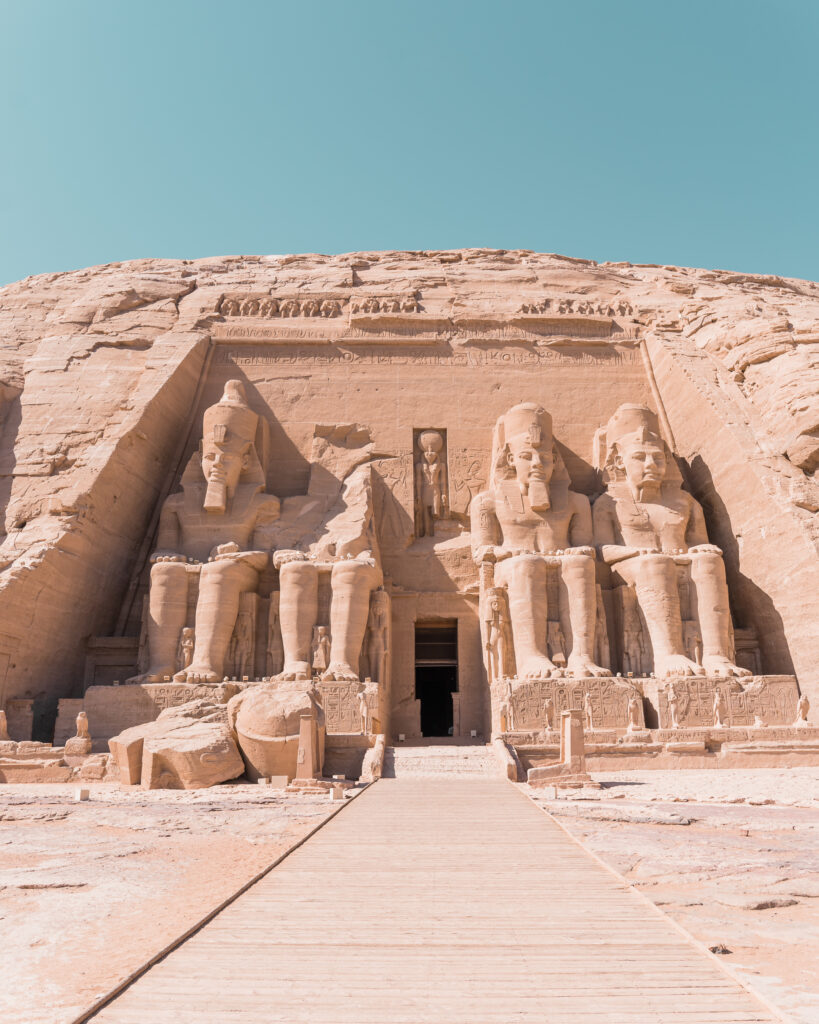
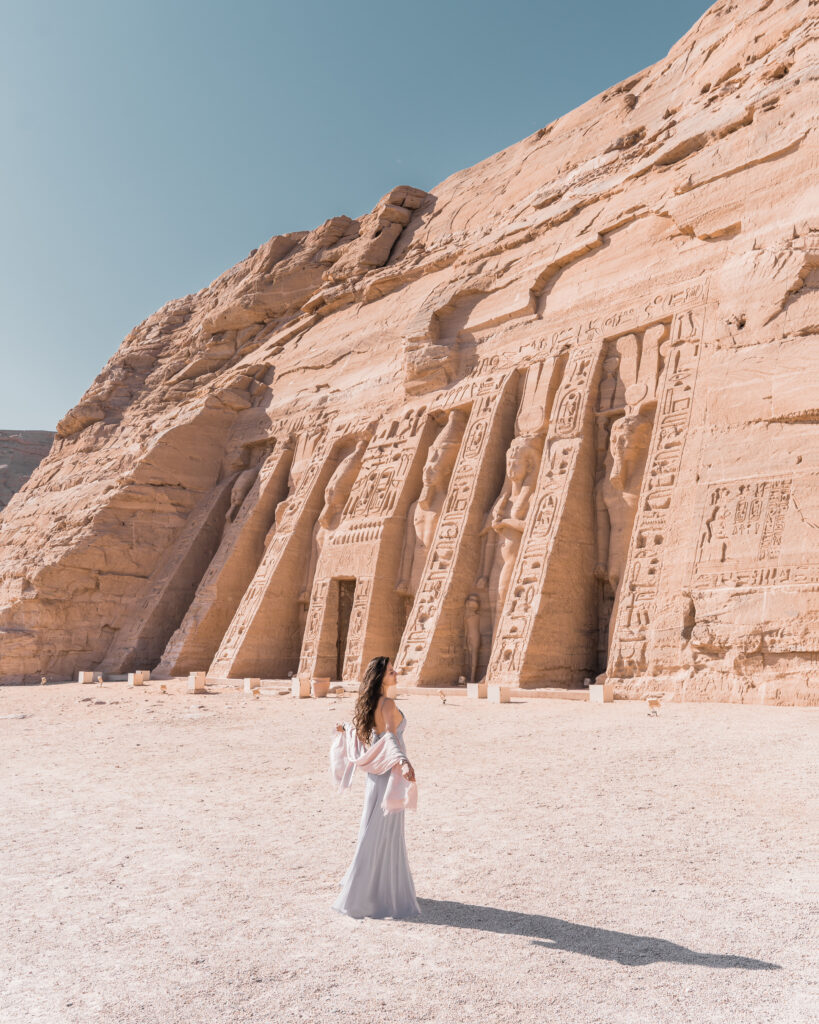
Day 10 Return to Cairo
We end our 10-day Egypt journey back in Cairo, with one last bite of Om Ali before flying home.
How to get to egypt
air(MOST COMMON!)
Most travelers arrive via Cairo International Airport (CAI), which is Egypt’s largest and busiest airport. This airport is ideal for starting your itinerary. Other major airports are Sharm El Sheikh (SSH) & Hurghada (HRG) – popular for Red Sea resorts, not ideal for historical travel.
oTHER
While it is possible to enter Egypt via land and by boat, it is way less common as it involves entry via the Sinai peninsula in most cases. Make sure to have the correct visa if you enter from Sinai, as it is common to just be issued the Sinai-only visa and not the full Egypt visa. For more information, see Visa requirements.
best time to visit
The best time to visit Egypt is generally between October and April as the weather is cooler. December and January are peak season so expect higher prices and more crowds.
Visa requirements
Entering Egypt requires a visa. You can either get your Visa on arrival or online. I recommend getting the E-Visa issued online to avoid any hassle and dealing with all paperwork on arrival. You can apply here. The price for a single entry is $25 for a single entry valid for 30 days. A Visa on Arrival can be purchased for 25 USD at the airport in Cairo, paid in cash.
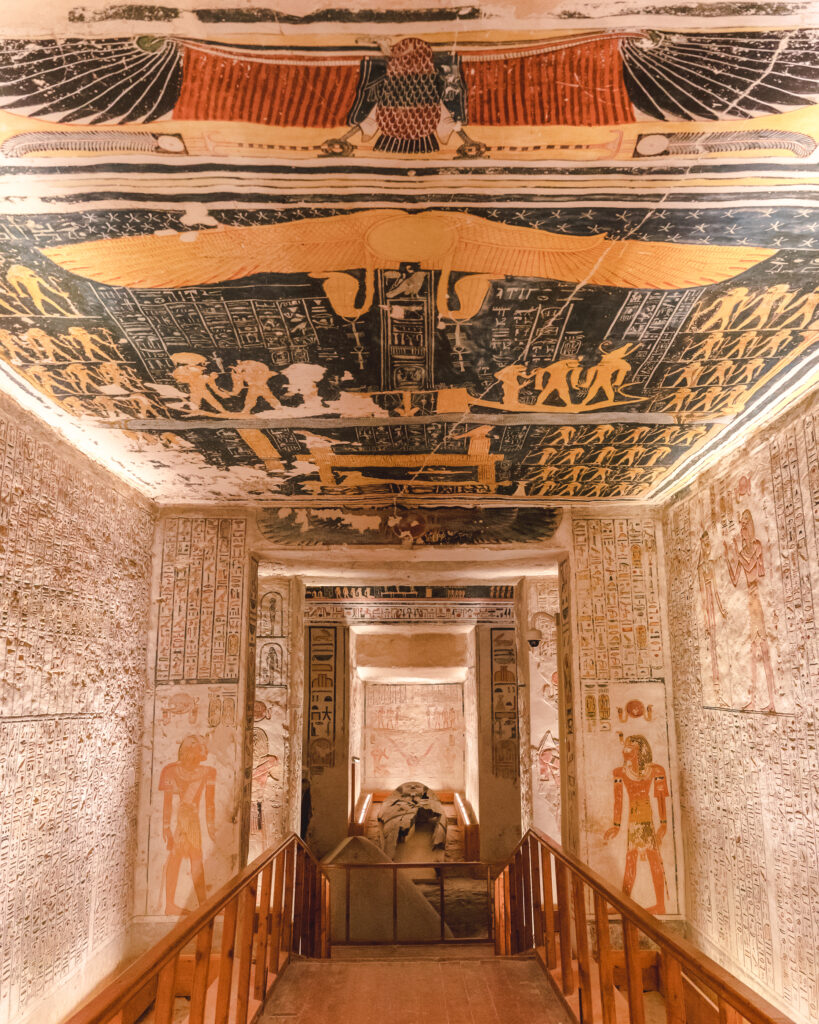
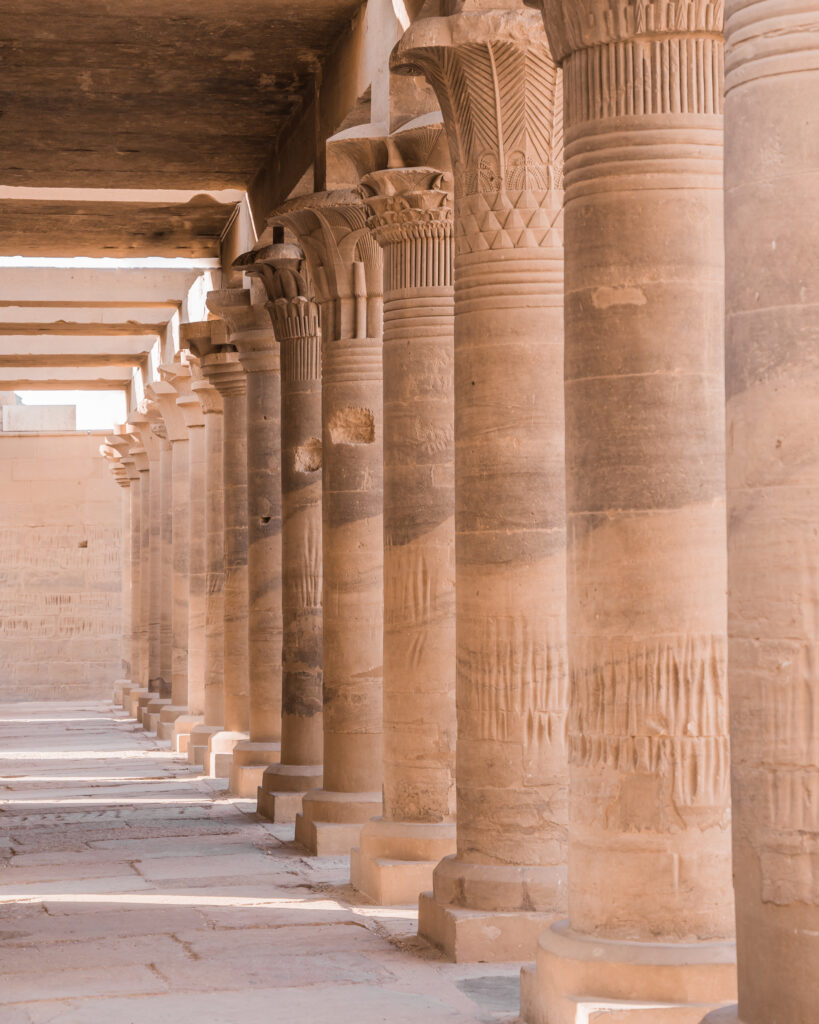
budget
Egypt can be traveled on any kind of budget. It depends on your traveling style. Day-to-day travel in Egypt, covering food, transport, and sightseeing, costs significantly less than in most EU countries, often at less than half the price. If you stick to local experiences, you’ll find Egypt very budget-friendly.
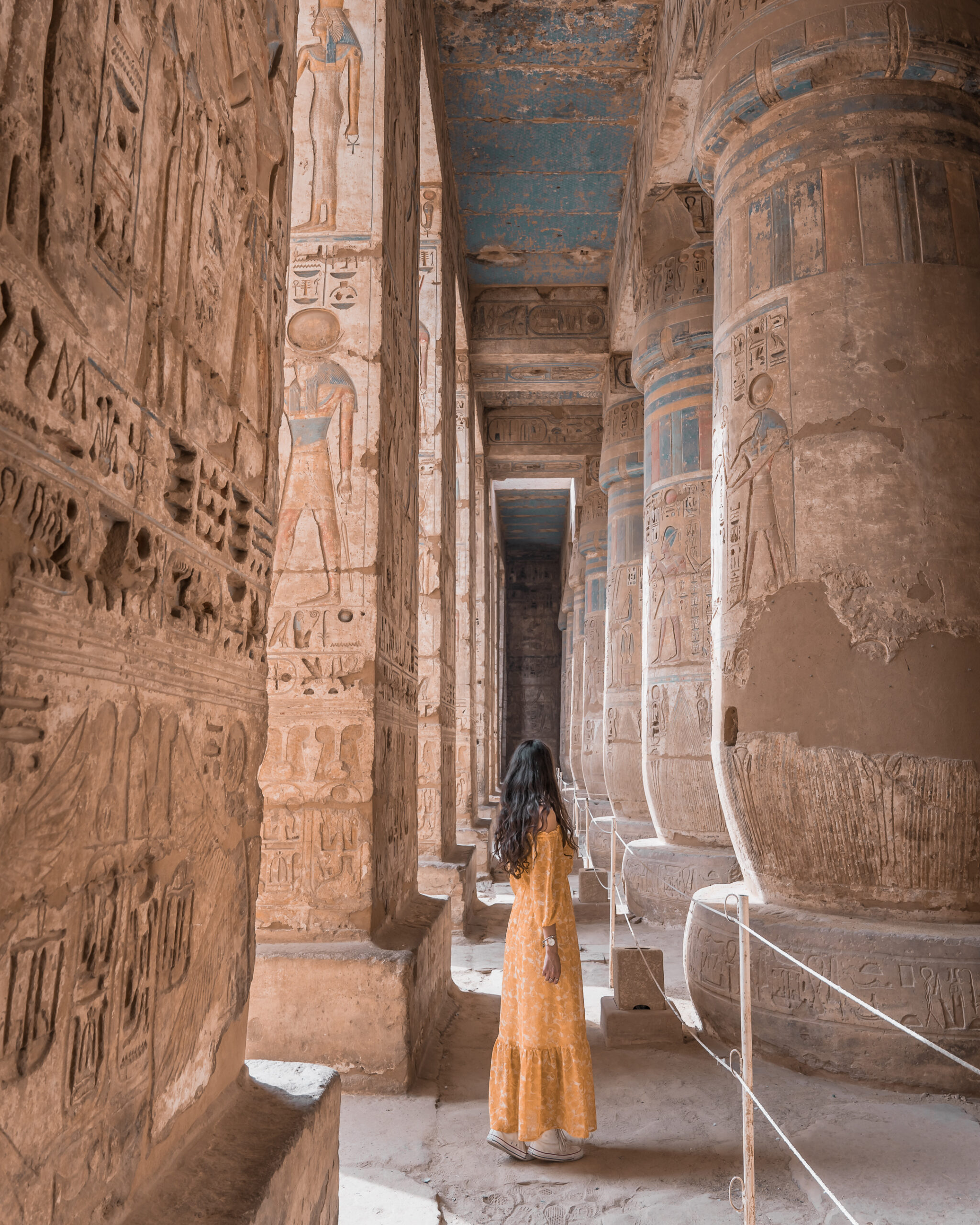
Photo courtesy of Joakim Karlsson @oakimk
Map with best places
The map is divided by sections with accommodations, cafes & restaurants, and must visit spots. Each pin is clickable and links to the location in Google Maps. Happy and safe travels!

